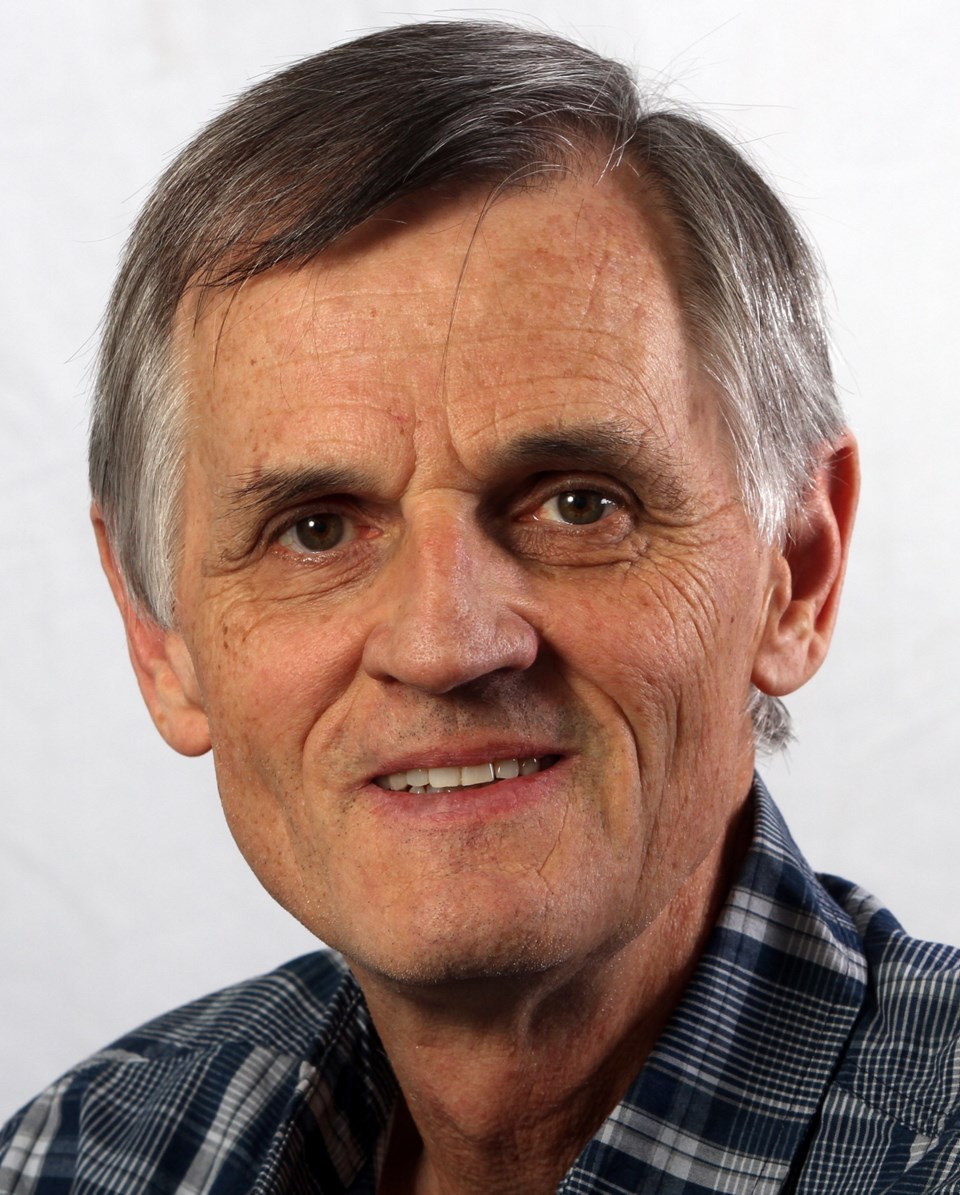 When I wrote last week about the sinking of HMCS Clayoquot near Halifax on Christmas Eve, 1944, I recounted the incident mainly from one sailor’s perspective, but his was just one story. I expected people would come forward with more connections to Victoria, and I wasn’t disappointed.
When I wrote last week about the sinking of HMCS Clayoquot near Halifax on Christmas Eve, 1944, I recounted the incident mainly from one sailor’s perspective, but his was just one story. I expected people would come forward with more connections to Victoria, and I wasn’t disappointed.
To recap, the small minesweeper, built in Prince Rupert and fitted out at Esquimalt in 1941, was sent to the Atlantic coast to escort convoys and patrol for German submarines. One of those submarines, U-806, torpedoed and sank Clayoquot. Eight members of the crew were killed, including two officers trapped in a cabin who begged to be rescued as the ship went down.
The 73 survivors sat in or clung to liferafts and sang O Come All Ye Faithful to keep up their spirits. They were rescued about a half-hour after the ship went down. That doesn’t sound like much time — unless you are floating in water that is only a degree or two above freezing. In those conditions, minutes can make the difference between living and dying.
The former sailor I interviewed was haunted by that Christmas hymn for the rest of his life. No doubt, the other survivors were affected similarly. One of those was Kenneth Perry of Victoria.
“Mom said he never talked about it, but did mention how horrible it was to see the waving of hands of those who wanted help,” said Lynn Greenhow, Perry’s daughter, in a note to the Times Colonist.
Perry was one of eight from B.C. aboard Clayoquot when it went down. Those British Columbians included the 27-year-old commanding officer, Acting Lt.-Cmdr Craig Campbell of Victoria.
That’s something I learned from Michael Hadley, a University of Victoria professor emeritus of German, and author of U-Boats Against Canada: German Submarines in Canadian Waters.
The book is a fascinating account of German submarine operations that took place close to Canada’s coast, one even coming up the St. Lawrence River to within 275 kilometres of Quebec City. Dually qualified as a former naval officer and a professor of German studies, Hadley provides rich detail, having studied Canadian and German records to get a balanced perspective on those wartime activities.
Only one chapter is dedicated to Clayoquot, yet the book is dedicated to the ship’s commanding officer and Klaus Hornbostel, the captain of the German submarine that sank the Canadian minesweeper.
Amid all the technical details of equipment and strategy, Hadley does not lose sight of the human element.
“The story of the sinking of HMCS Clayoquot by U-806 hit the right tone … and was surely worth remembering as a Christmas Eve story,” Hadley wrote me. “It was, and is, a memorable story for all participants, Canadian and German alike, though for reasons that go beyond your version.”
Canada’s navy had 1,819 personnel and 13 ships in 1939, and by 1945, had 90,000 personnel and 400 warships. That meant rapid training for thousands of civilians.
“Rapid expansion plus arduous times … transformed a landsman into a rough facsimile of a master mariner in short order,” Hadley writes in his book.
Campbell, who died in Victoria in February, 2004, had been a bank clerk before the war, and assumed command of Clayoquot five months before the ship was torpedoed. Hornbostel, too, had risen quickly through the ranks and had not had the luxury of understudying under an experienced U-boat skipper before taking command of U-806.
Hadley details the experiences of the crews of both vessels before and after the encounter near Halifax, but it’s what happened after the war that I find most interesting.
“By tradition, Christmas is about reconciliation and renewal, and this insight is precisely what took place during the postwar period,” Hadley told me,
He said that Campbell and Hornbostel met and became close friends in the 1980s.
“I well recall … the three of us gathering in Northern Germany in a family circle as we discussed the many aspects of war, current events and the struggles for peace,” Hadley wrote.
Later, he lectured on the Clayoquot event before 500 German naval officers at a conference where Hornbostel was a guest as a wartime witness. Hadley presented to Hornbostel a copy of a painting of the Clayoquot that Campbell had commissioned. It was inscribed: “To Klaus Hornbostel, in friendship and respect.”
I have encountered several instances where wartime enemies met and became close friends. It’s a tribute to the human spirit that from the horrors of wartime can emerge reconciliation and friendship. That’s what happens when we focus on what we have in common, rather than dwelling on grudges and differences.


